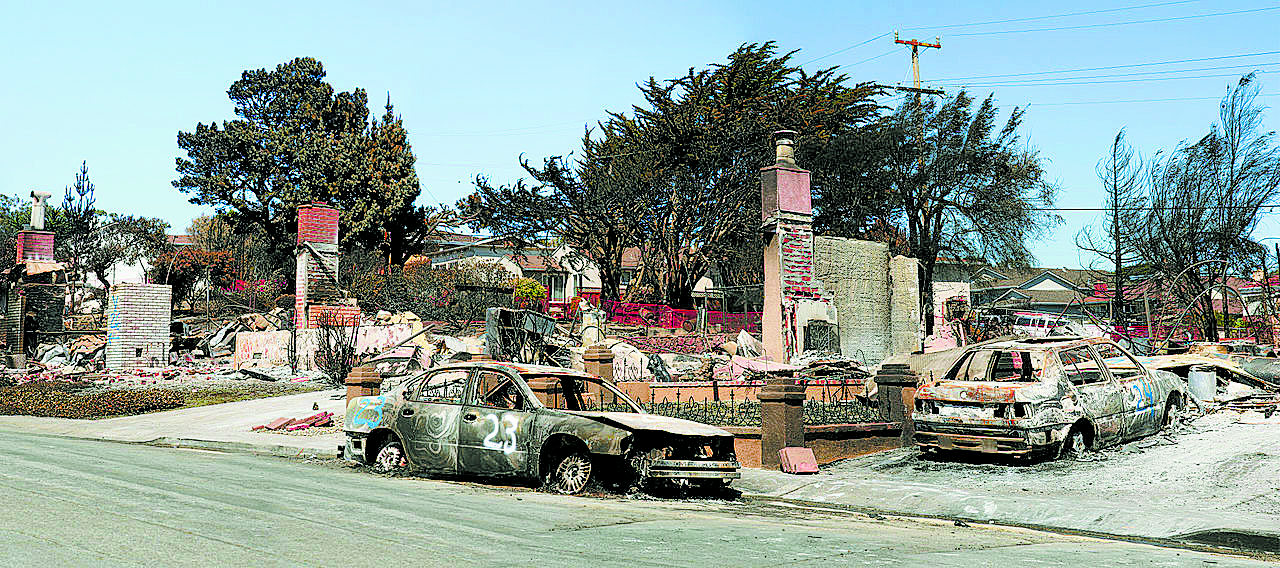Destruction from a gas pipeline and explosion in San Bruno, California, 2010. Photo by Brocken Inaglory. CC BY-SA 3.0.
By George Harvey
Last September, the Washington D.C. Circuit Court of Appeals ruled that the National Environmental Policy Act did not require federal agencies authorizing a portion of an interstate oil pipeline to conduct a “whole-pipeline” environmental review. This means that portions of the pipeline can be reviewed separately, and this, in turn, means that the Army Corps of Engineers can approve a gigantic pipeline piecemeal, without an overall environmental review.
This practice has gone on for years. An example is the Gulf Coast Pipeline. The project is 485 miles long, running through Oklahoma and Texas. Each water crossing in the pipeline is allowed to be treated as a separate “single and complete project.” Each of these projects is too small to warrant a complete environmental review by itself. So the upshot is that the overall project, all 485 miles of it, can be rubber-stamped, with no opportunity for public approval.
We might do well to remind ourselves of the recent history of major pipelines carrying petrochemicals. The number of failures is astounding. There was at least one major incident in every month of 2015. The United States had one fire, explosion, or environmentally damaging leak about every ten days, on average. These are listed in a Wikipedia article, “List of pipeline accidents in the United States in the 21st century.”
Please note that this does not include fires or leaks at the wells, in terminals, or during transportation by truck, rail, or ship. The natural gas leak of last winter at Porter Ranch, in California, is not one of the 2015 leaks in the Wikipedia article, because it was a storage facility, and not a pipeline. And it does not include local pipes distributing gas within utility areas. So the 3,200 small leaks found in the natural gas distribution system in Boston by university students were also not included. Further, the fact that upward of 6% of all natural gas coming out of the ground is lost into the atmosphere at the wellhead is also not included.
President Obama signed the Protecting our Infrastructure of Pipelines and Enhancing Safety Act of 2016 into law in June. Known as the PIPES Act, it authorizes the federal government to move swiftly in the event of a pipeline leak or rupture. But that only addresses problems that have already happened. That, however, is not the best we can do. “An ounce of prevention is worth a pound of cure.” Pipelines that do not exist can never leak.
Fortunately, there are a number of organizations fighting this situation. Indigenous tribal groups are suing, because the sovereignty of their land, guaranteed by the federal government, is being ignored (http://bit.ly/tribal-pipeline-lawsuit). The Sierra Club is also continuing to work on the problem of pipelines and fracking (www.sierraclub.org).









Leave a Reply